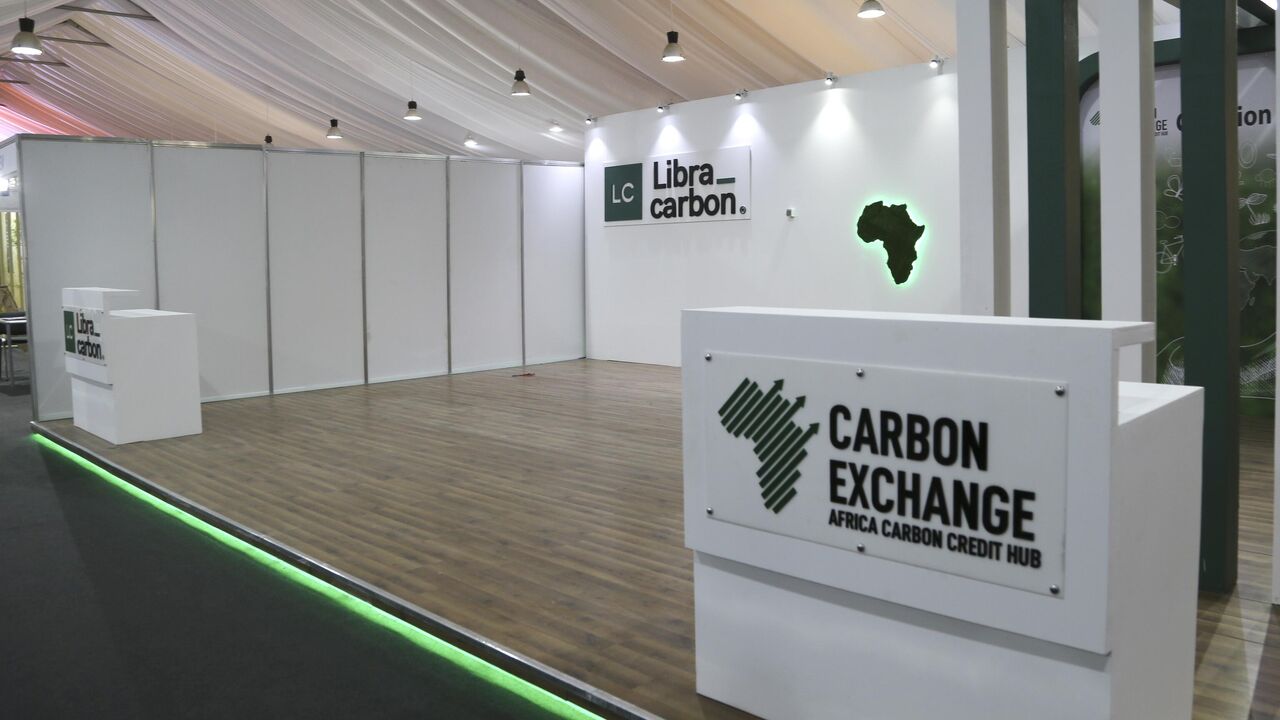Tanzania’s climate wins go local with $16.8M payout to citizens
- Tanzania disburses $16.8 million to locals in carbon credits earnings.
- Country now boasts of 73 registered projects currently at various stages of implementation.
- The projects cover several sectors: forestry (51%), energy (33%), agriculture (8%), livestock (5%) and waste management (3%).
Tanzania distributed $16.8 million to citizens across 10 local government authorities as revenue from the sale of carbon credits. The announcement was made by Deputy Minister of State in the Vice-President’s Office (Union and Environment), Mr Khamis Hamza Khamis in the National Assembly while responding to a primary question from Special Seats MP Bernadetha Mushashu, who inquired about the benefits Tanzania has gained from carbon trading.
According to the deputy minister, the government continues to coordinate and strengthen the management of carbon trading, with 73 registered projects currently at various stages of implementation.
The projects cover several sectors: forestry (51 per cent), energy (33 per cent), agriculture (8 per cent), livestock (5 per cent) and waste management (3 per cent).
“The implementation of the said projects contributes to forest and land conservation and restoration, creates employment and income opportunities for citizens and reduces greenhouse gas emissions. This supports the goals outlined in our Nationally Determined Contributions (NDCs) for climate change mitigation,” the minister said.
Revenue from carbon credits sales is used to fund community development initiatives in participating villages. “These include the construction of schools and health centres, provision of health insurance, payment of school fees and food support for students,” the minister detailed.
Minister Khamis added that any interested individual or organisation that whishes to deal with carbon credits must have a registered company, access to land and submit a credible project proposal.
The minister noted that carbon markets can be a powerful tool in the fight against climate change. He said for smallholder farmers, they offer the potential to earn carbon credits for emissions-reducing activities combining climate protection with income security.
Read also: African leaders call for U.S. tariff reforms, investment-led ties
Carbon credits in Tanzania
Carbon credits trading in Tanzania is considered a social enterprise that generates nature-based carbon credits from forest and biodiversity conservation projects, benefiting local communities.
According to a government press statement released this week, Tanzania is actively participating in the carbon credit market, both through voluntary and compliance initiatives. Under voluntary carbon markets (VCMs), companies voluntarily offset their emissions, and potentially compliance markets driven by international or national policies.
The country is currently developing its carbon trading framework, aligning with international standards, and aims to become a key player in the global effort to reduce greenhouse gas emissions, the report details.
“Projects like reforestation, afforestation, and sustainable land management are generating carbon credits, which can be sold to offset emissions or traded in voluntary markets,” reads the statement.
The report says the Tanzanian government, through the Ministry responsible for Environment, is overseeing carbon trading and ensuring the integrity of transactions. It also notes that Tanzania has already developed National Environmental Policies, climate change strategies, and carbon trading guidelines to align with international frameworks.
Understanding carbon credits trading
A carbon credits represents one tonne of CO2 equivalent (tCO2e) emissions that have been reduced or removed from the atmosphere. Tanzania has aligned its carbon trading framework with international standards and frameworks like the United Nations Framework Convention on Climate Change (UNFCCC) and the voluntary carbon market.
Share this content:





Post Comment